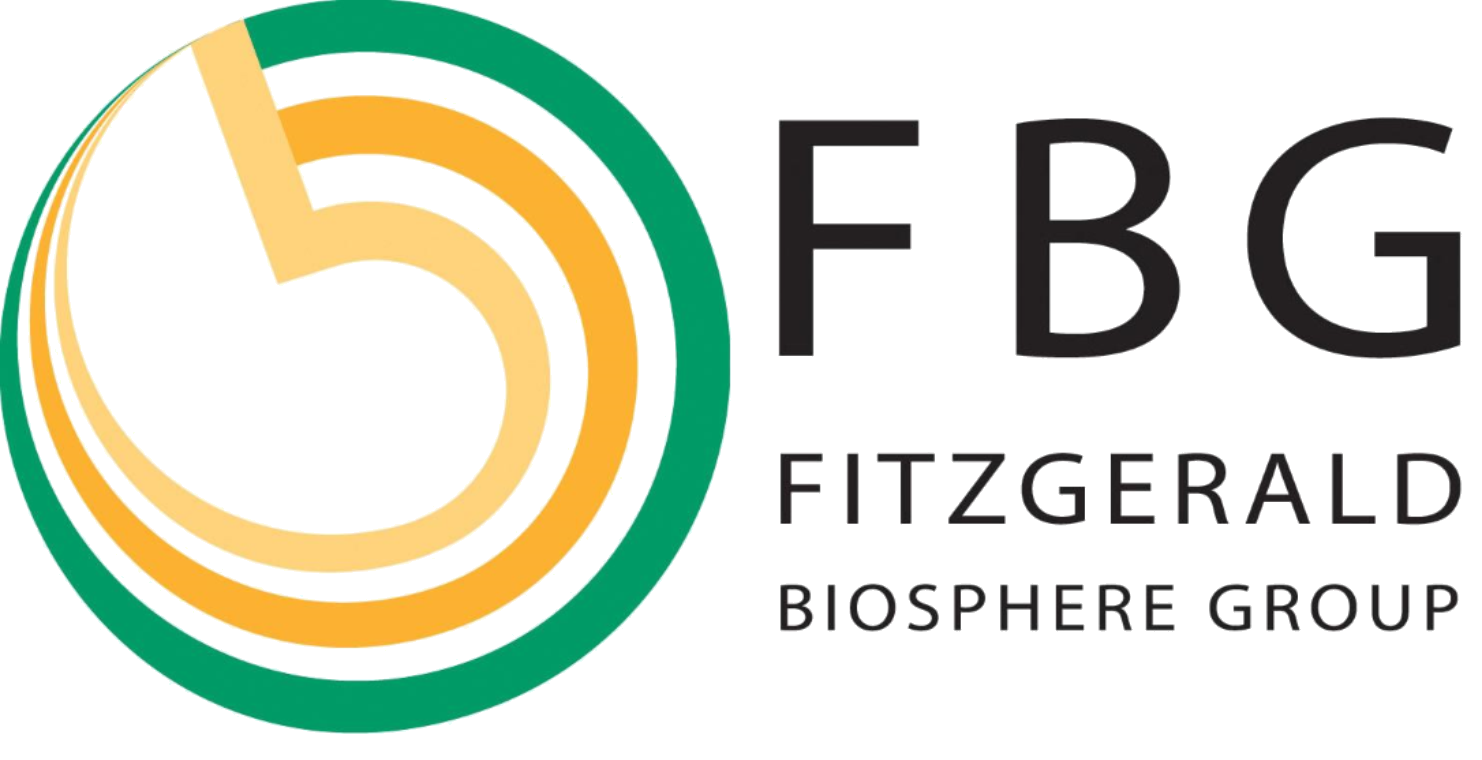Action and Opportunities for Protecting Biodiversity Assets
Timeframe: July 2013 to June 2015
Funding source: State NRM (lead partner: South Coast NRM)
Staff: Anne Sparrow
Summary
This project was part of a much larger Dieback management project that operated across the state in four different regions. Its purpose was to implement a unified approach to landscape-scale management of Dieback in Western Australia. The activities focused on Priority Protection Areas (PPAs) that were rated of highest concern. The aspiration of the project was that no additional human vectored infestations would occur and the further spread of current infestations in PPAs would be limited.
The FBG’s work occurred mainly in the Fitzgerald Management Area which contains six PPAs. A rapid assessment process was carried out in this area to create a risk reduction plan. Four Dieback assessments were subsequently carried out in the Bremer Bay area to identify the presence or absence of the disease. Follow up on-ground work was taken as needed.
Activities to raise awareness about Dieback included 19 community events attended by 2026 people, the distribution of Dieback information through two different brochures, stubby holders, revegetation guides, articles in the FBG’s newsletter and in local newsletters in Bremer Bay and Jerramungup, posters, presentations to community and stalls at local market days.
Project details and outcomes
At the start of this project the Fitzgerald Biosphere Dieback Reference Group was formed to guide the compilation of the Fitzgerald Risk Reduction Plan. Representatives from the FBG, Ravensthorpe Agricultural Initiative Network (RAIN), Department of Parks and Wildlife (DPaW) and professionals with expertise in Dieback identification and management were included.
The Fitzgerald Management Area is located within the Fitzgerald Biosphere Reserve and covers approximately 300 000 ha, the majority of which is managed by DPaW. The remainder is vested in the shires of Jerramungup and Ravensthorpe or privately owned.
The Management Area contains six PPAs including:
Two which form the Fitzgerald East Complex comprising the Hamersley and Steere River/Culham Inlet catchments
Two which form the Fitzgerald Core Complex, encompassing Thumb Peak and Mid Mt Barren
One which forms the Fitzgerald West (North) PPA encompassing Fitzgerald, Gairdner on the eastern side of the Bremer River catchments
One which forms the Fitzgerald West (South) comprises the western side of the Bremer River catchment and Doubtful island area. This area was not merged with Fitzgerald West (north) for reasons including:
a near impossible network of roads and tracks to manage
the landscape values are equally represented in the Fitzgerald West (North) PPA
Infestations are present
The challenges of managing public access between the areas is seen as threat to the Fitzgerald Management area
The Fitzgerald Management Area contains two uninfested high value hotspots and four uninfested high value landscapes covering an area of 140 206.2 ha in total.
The FBG’s subgroups, Friends of Wellstead Estuary Plus (FOWEG+), and the Bremer Bay Regional Trails Committee, were partners in this project.
During the course of the project Dieback assessments were carried out at the Green Belt (a four hectare parcel of land in the townsite of Bremer Bay), the Carmichael Rd recreation and gravel reserve, the proposed path for the Bremer Bay to Point Henry walk trail and the Mary Street gravel pit in Bremer Bay. A further assessment was carried out at Chingarup private reserve in Boxwood Hill, where no Dieback was found.
Where Dieback species were identified in the other sites, management actions were carried out. Actions to mitigate against the Dieback infestation identified at the Green Belt in Bremer Bay included closing off vehicle access to the reserve and installing a boot cleaning station with associated signage. Any Dieback assessment carried out during the project was entered into the Dieback Information Delivery Management System (DIDMS). A boot cleaning station and Dieback signage were also installed at Quaalup Wilderness Retreat to lessen the risk of Dieback being introduced there.
An extensive community awareness program was carried out during the project. It included:
Six FBG newsletters: article on project activities and events
Two FBG calendars with Dieback focus: 2014 and 2015
Six adverts and articles in local papers and Jerramungup DHS school year book
Five Posters
20,000 Fitzgerald Biosphere brochures that included Dieback information distributed.
2,000 Dieback brochures distributed to visitor centres
1,000 Dieback stubby holders distributed
One case study on Ravensthorpe Enduro Club produced
300 Upper Gairdner Revegetation Guides with Dieback information included distributed
Two presentations; one at the Bremer Bay annual market day, the other at the Albany Dieback Forum
Green Card training
School visits and trips.
